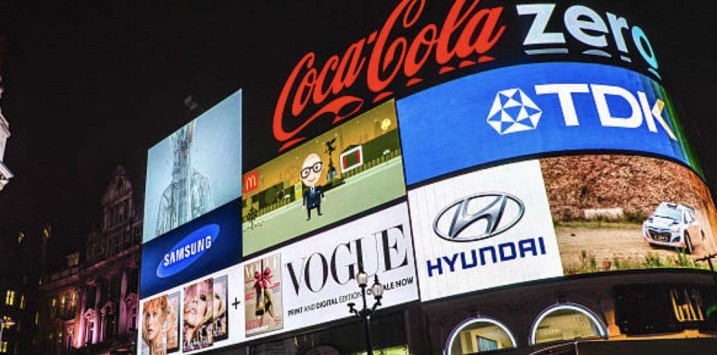
What WPP’s results tell us about adspend in the digital age
WPP is the world’s largest communications services group. As such, it’s a good indicator of how digital disruption is affecting advertising budgets. So its 2017 results, and market outlook, make interesting reading.
Technological advancement, pricing transparency, the rise of Amazon and Alibaba and grocers’ home brands have all conspired to pressure the traditionally large advertising spenders, including the manufacturers of fast-moving consumable goods. And this pressure can be seen through the lens of the world’s largest advertising conglomerate, WPP (LON:WPP), which has seen its share price decline by one-third over the past year. Readers may remember we discussed the interim result for the six months to June 2017 here.
WPP has just released its 2017 results, and in constant currency terms normalised earnings per share (EPS) was up 3 per cent to £1.20 on a 0.9 per cent decline in like-for-like net sales (to £)12.4b), the first decline since 2009. Interestingly, the December 2017 quarter was the strongest of the year, up 0.9 per cent on a like-for-like basis. Despite the stronger global economy, management has budgeted flat like-for-like net sales in 2018, and at the same time will be ensuring “costs are more effectively controlled” (from the Company’s 134,000 staff across 112 countries).
This may be cautious given management argue “from our point of view 2018 should in theory be a better year. However, growth in marketing spend seems to have decoupled somewhat from GDP growth in mature markets in the last year (2017), perhaps temporarily”.
WPP is a bellwether company. It services 369 of the Global 500 companies, 71 of the NASDAQ 100 and works with 477 clients in six or more countries. The Company is focussed on servicing clients “horizontally” across countries and regions.
Other pearls from CEO Sir Martin Sorrell include:
“2017 for us (WPP) was not a pretty year. Whether this was due to Google and Facebook disintermediating agencies (our view not so), or consultants eating our digital lunch (our view, also not so except in the more general area of helping cut costs), it is clear we have to accelerate implementation of our strategy to deal both with technological disruption and this short-term focus”.
“…when top line growth is examined carefully, for example, for the S&P 500, it seems to be concentrated in the technology and healthcare sectors. As a result, in a low inflation and consequently low pricing power environment, there is an understandable focus on costs”
and
“In turn, more long-term technological disruption and the short-term focus on zero based budgeting (ZBB) driven companies, activist investors and private equity along with relatively short-term executive tenures all result in increasing the short-term cost focus.”
The Montgomery Global Fund owns shares in Facebook
WPP is the world's largest communications services group. As such, it’s a good indicator of how digital disruption is affecting advertising budgets. So its 2017 results, and market outlook, make interesting reading. Share on X